
-
anchor
Throwaway cities vs seismic resilience: How American and Japanese buildings don't follow the same path towards earthquake safety
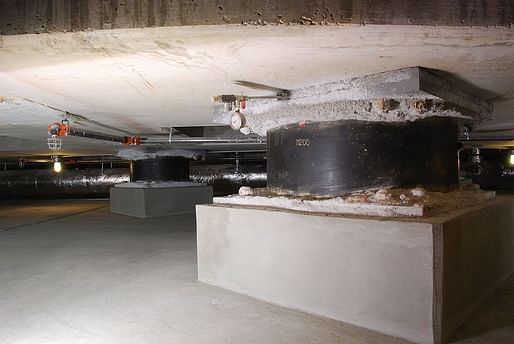 Base isolation systems, like these seismic dampening widgets under the Utah State Capitol building, are still a rare find in the United States compared with Japan. Photo: Mike Renlund/Wikimedia Commons.
Base isolation systems, like these seismic dampening widgets under the Utah State Capitol building, are still a rare find in the United States compared with Japan. Photo: Mike Renlund/Wikimedia Commons.Japan, through both government mandates and its engineering culture, builds stronger structures capable of withstanding earthquakes and being used immediately afterward. The United States sets a minimum and less protective standard with the understanding that many buildings will be badly damaged.
The two approaches reflect different attitudes toward risk, the role of government and collective social responsibility. — The New York TimesThe NYT takes a look at the drastically differing approaches (and ideologies behind them) towards earthquake safety in Japan compared with the United States and asks experts what would be at stake in the greater, urban picture in the anticipated event of a very big earthquake.
"The debate over whether to build more resilient buildings in the United States has been held largely out of public view, among engineers and other specialists," the piece goes. "But at stake is whether places like Silicon Valley, Seattle, Salt Lake City, San Francisco or Los Angeles might be forced to shut down after a direct hit — and for how long."
In this shake table test, the building model on the right is equipped with a seismic base isolation. Image: Valentin Shustov/Wikimedia Commons. While strict regulations and advances in seismic engineering in Japan appear to favor base-isolated structures to allow tall buildings to resist the shaking ground, the regulation-averse American construction industry overwhelmingly sees base isolation as an expensive, optional measure for an unlikely event with foreseeable risk.

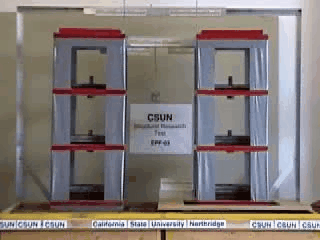
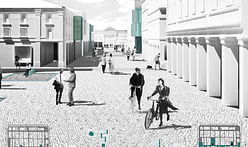
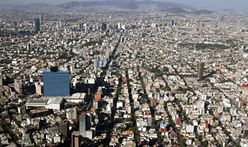
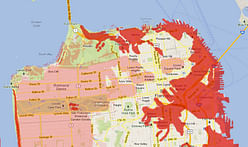

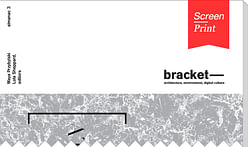
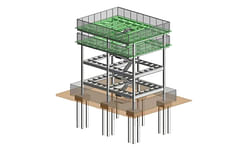
No Comments
Block this user
Are you sure you want to block this user and hide all related comments throughout the site?
Archinect
This is your first comment on Archinect. Your comment will be visible once approved.